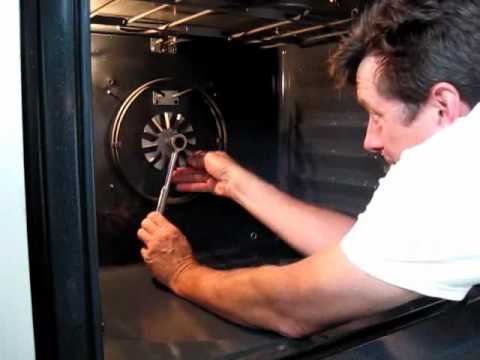The Most Common Electrical Problems With Domestic Appliances
Most modern domestic appliances rely on an electrical connection in order to operate properly. This also means that there are many shared electrical problems that they may encounter, so having solutions to the most common electrical problems can help you repair most appliances no matter how big or how small.
Check the Voltage
AC/DC may be well-known for high-voltage rock n’ roll, but real AC might be a little less exciting. Nevertheless, the source of most electrical problems with domestic appliances comes from the alternating current (AC) voltage being supplied to your home, and subsequently to the appliance itself.
Most of Australia (except Queensland and Western Australia) use 230 V as the nominal voltage, in accordance with AS/NZS 3112. By using a digital multimeter tool (DMM), you can measure the supply output at the electrical socket to see if you’re getting the right voltage to power your appliance.
Carefully check (consult a user’s manual, or if in doubt, contact a domestic electrician or appliance repairman) the voltage to ensure that it does not exceed 230 V by a noticeable amount. Also, check to see if the supply is too low or nonexistent. These latter problems can usually be sorted out at the circuit breaker. Perhaps the socket is not active, perhaps there are deeper problems with the electric wiring in your home.

Is it Plugged Into the Wall Socket?
This might sound quite obvious, but your appliance is gonna have a hard time operating if it isn’t plugged into the electrical socket! Well, aside from the super obvious, there is something important about mentioning the connection point itself and that has to do with the power cord and its condition.
Obvious signs of fraying power cords should be a red flag that the power cord needs to be replaced, but that isn’t always so evident since the cord’s wire casing may be perfectly intact with no signs of damage yet the wires may be damaged internally.
This is when you need to use a DMM to check for ohms. Set your device to read Ohms rather than Volts and test the prongs of your appliance’s plug. If your device returns a result of one ohm or more, it’s a good indication that the power cord is starting to break down. If the device reads “OL” then it must be repaired immediately.
Check the Current Draw
Many domestic appliances stop working when they have too little or too much electrical draw, i.e. less or more than they should be drawing. Your DMM can measure the current draw of an appliance if you use a clamp attachment and clamp around the circuit conductor.
The clamped wire should show a reasonable current draw for the appliance. No draw at all means that there is likely an internal problem with the appliance’s electrical components, assuming you’ve already tried the first two steps above and that the wall socket is functioning properly and supplying electricity.
This last tip is more advanced than the other two and comes with its own unique set of risks. If in doubt, hire a professional electrician or a domestic appliance repairman to have a look at your appliances. The danger of electrocution or damaging your appliances simply aren’t worth it.
Domestic Appliance Repair
Restore your appliances to their peak operating condition with professional services from Domestic Appliance Repair.
Brands & Suburbs We Regularly Service
Asko | Blanco | Bosch | Chef | Dishlex | Fisher Paykel | Ilve | LG | Lofra | Miele | Smeg | Technika | Bentleigh | Blackburn | Burwood | Carnegie | Dandenong | Cranbourne | Heatherton | Moorabbin | Abbotsford | Brighton | Cheltenham | Richmond | Windsor | Doncaster | Newport | Windsor | Frankston | Werribee | St George | Westinghouse
